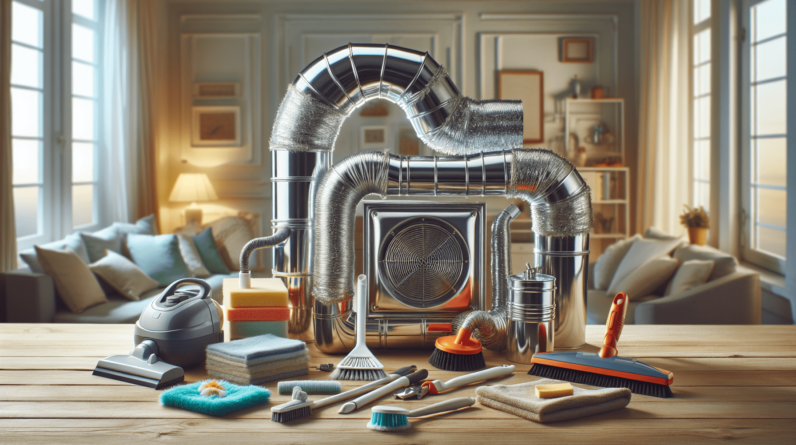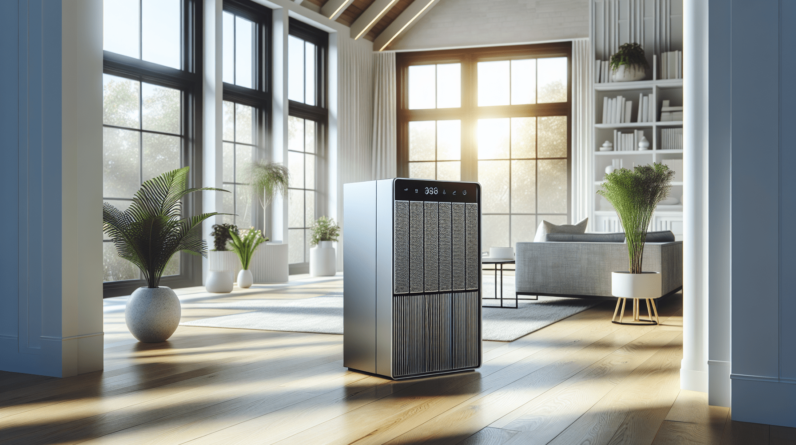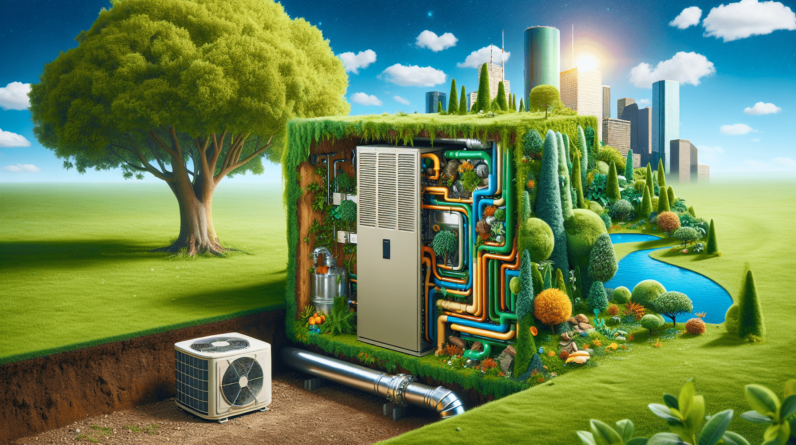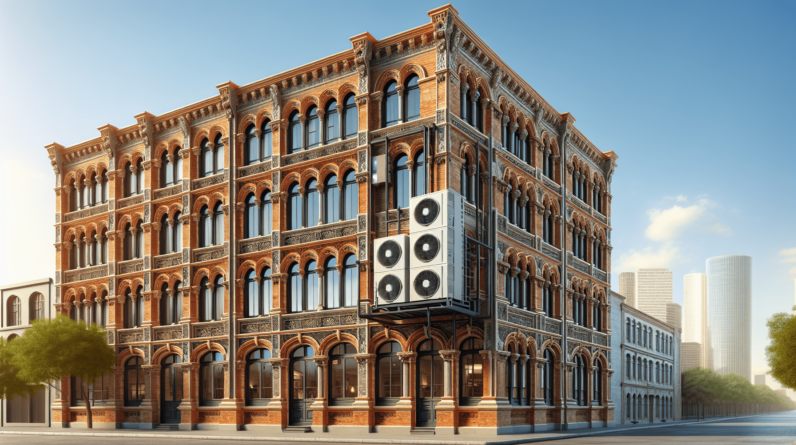

Have you ever wondered how older buildings maintain comfort without compromising on energy efficiency? HVAC retrofitting offers a practical solution to this challenge, especially in a vibrant city like Houston, TX. As buildings age, their heating, ventilation, and air conditioning (HVAC) systems often require updates to enhance performance and efficiency. Let’s unpack the important aspects of HVAC retrofitting specifically tailored for older structures in Houston.
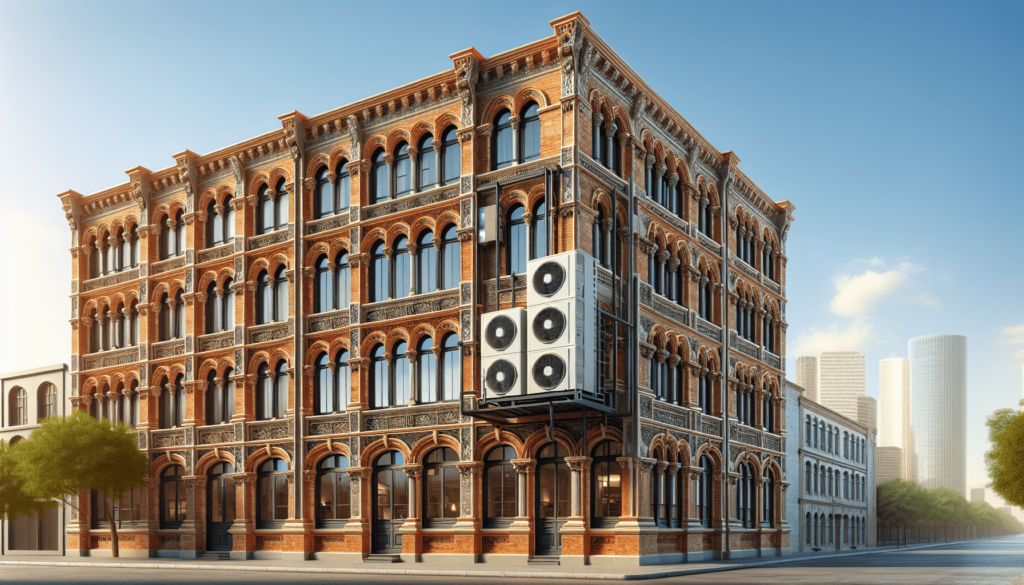
Understanding HVAC Retrofitting
HVAC retrofitting involves upgrading or replacing the existing heating and cooling systems in a building. This process is critical for older buildings that may not have been designed with modern energy efficiency standards in mind. By retrofitting, you can improve indoor climate control, reduce energy consumption, and increase comfort levels.
Why Retrofit HVAC Systems?
There are several compelling reasons to consider retrofitting your HVAC system in an older building:
- Energy Efficiency: Newer HVAC systems are designed to operate more efficiently, which can lead to significant energy savings.
- Improved Air Quality: Retrofitting often includes upgrades to filtration systems, enhancing indoor air quality by reducing pollutants and allergens.
- Comfort: Upgraded systems can provide more consistent heating and cooling, ensuring that every room in your building is comfortable.
Assessing Your Current HVAC System
Before making changes, it’s essential to assess your current HVAC system. This evaluation will help determine what needs upgrading or replacing.
Identifying System Inefficiencies
You can start assessing your HVAC system by considering the following factors:
- Age of the System: If your HVAC system is older than 15 years, it may be time for an upgrade.
- Frequent Repairs: Regularly calling for repairs can indicate that your system is inefficient.
- Uneven Temperatures: If some rooms are too hot or too cold, your system might not be effectively distributing air.
Conducting a Professional Evaluation
Having a certified HVAC technician conduct a comprehensive evaluation of your system is beneficial. They can identify inefficiencies and suggest appropriate solutions tailored to your building’s specific needs.
Key Components of HVAC Retrofitting
When retrofitting an HVAC system, several components can be updated or replaced to enhance overall performance.
HVAC Equipment Upgrades
1. Air Conditioners
Modern air conditioning units are far more efficient than older models. Switching to a high-efficiency unit can lead to a considerable reduction in electricity bills. Look for units with a high Seasonal Energy Efficiency Ratio (SEER) rating.
2. Furnaces
Upgrading to a high-efficiency furnace can improve heating performance. Older furnaces often waste energy, so replacing them can not only save money but also reduce your carbon footprint.
Ductwork Improvements
1. Duct Sealing
Over time, ducts can develop leaks that significantly reduce efficiency. Sealing these leaks can improve airflow and overall system performance.
2. Duct Replacement
If your ductwork is old or improperly sized, consider replacement. Modern materials and designs can enhance airflow and energy efficiency.
Thermostat Upgrades
Upgrading to a smart thermostat can provide better temperature control and energy savings. Smart thermostats learn your habits and adjust settings automatically, optimizing comfort and efficiency.
Benefits of Retrofitting HVAC Systems in Houston
Houston has a unique climate that presents specific challenges for heating and cooling. Retrofitting your HVAC system can help mitigate these issues.
Energy Cost Savings
Houston is known for its hot summers and humid weather. By retrofitting, you can significantly lower your energy bills thanks to more efficient systems. This investment pays off in the long run, offsetting initial costs.
Increased Property Value
A modern HVAC system can enhance the value of your property. Prospective buyers are often looking for energy-efficient features, especially in an older building.
Enhanced Indoor Air Quality
In a city like Houston, where humidity can lead to mold growth, improving indoor air quality is essential. Retrofitting typically includes upgrades to filtration systems, which help eliminate allergens and improve your comfort.
Planning for HVAC Retrofitting
Careful planning is essential for a successful HVAC retrofitting project. Here’s how to effectively plan for this upgrade.
Budgeting for Retrofitting
Start by assessing your budget and factoring in costs such as equipment, labor, and potential permits. Consider the following:

| Item | Estimated Cost Range |
|---|---|
| New HVAC Equipment | $3,000 – $10,000 |
| Ductwork Improvements | $1,000 – $5,000 |
| Thermostat Upgrade | $100 – $300 |
| Installation Labor | $500 – $2,000 |
The total cost will depend on the size of your building and the specific upgrades needed.
Choosing the Right Contractor
Selecting a qualified contractor for your HVAC retrofitting is one of the most critical steps in the planning process. Here are some tips for finding the right professional:
- Check Credentials: Ensure the contractor is licensed and insured.
- Read Reviews: Look for testimonials and reviews from past clients to gauge their reputation.
- Get Multiple Estimates: Request quotes from several contractors to compare pricing and services.
Building Code Compliance in Houston
When undertaking HVAC retrofitting, it’s crucial to comply with local building codes and regulations. Houston has specific requirements that must be followed to ensure safety and compliance.
Understanding Local Regulations
Familiarize yourself with the Houston building codes relevant to HVAC systems. This may include:
- Energy Efficiency Standards: New systems must meet or exceed certain efficiency ratings.
- Permits: Some projects may require permits before work can begin. Check with local authorities to ensure you have the necessary permissions.
Environmental Considerations
Houston is subject to various environmental regulations, especially regarding emissions and energy use. Staying informed will help you make choices that are both legal and environmentally friendly.
Retrofits for Historic Buildings
Retrofitting HVAC systems in historic buildings comes with unique challenges. Balancing modernization with preservation is key in these cases.
Maintaining Structural Integrity
When working with historic structures, it’s essential to preserve their integrity. This may mean using specialized techniques that both upgrade the systems and maintain the building’s aesthetic value.
Custom Solutions
Older and historic buildings often have unique layouts and features. Working with an experienced professional who understands these specifics will help tailor solutions that respect the building’s historical significance.
The Future of HVAC Technology
Advancements in HVAC technology continue to emerge, promising even more efficient and sustainable options for retrofitting.
Emerging Technologies
1. Variable Refrigerant Flow (VRF) Systems
These systems allow for precise control over heating and cooling in different areas of a building, providing comfort tailored to individual needs.
2. Geothermal Heating and Cooling
Using the earth’s constant underground temperature, geothermal systems offer an extremely efficient and environmentally friendly option for heating and cooling.
Smart Building Solutions
Incorporating smart technologies will enhance your HVAC system’s performance. These systems can communicate and adjust in real-time, maximizing efficiency and comfort.
Maintenance After Retrofitting
Once your HVAC system is retrofitted, regular maintenance becomes essential to ensure longevity and efficient performance.
Scheduling Routine Checks
Establish a routine maintenance schedule with your HVAC technician. This typically involves:
- Filter Replacement: Replace air filters regularly to improve airflow and indoor air quality.
- Annual Inspections: Conduct annual HVAC inspections to catch issues before they become major problems.
Troubleshooting Common Issues
Being aware of common HVAC issues can help you address problems before they escalate. Some signs to watch for include:
- Increased Energy Bills: Sudden spikes may indicate inefficiencies or malfunctioning components.
- Unusual Noises: This can signify underlying problems that need immediate attention.
Conclusion
Investing in HVAC retrofitting for older buildings in Houston, TX can enhance comfort, boost energy efficiency, and improve indoor air quality. By understanding the process, planning wisely, and selecting the right professionals, you can ensure a successful retrofit that meets your needs and meets local regulations. Think of the benefits not only for yourself but also for the sustainability and comfort of your building for years to come.

